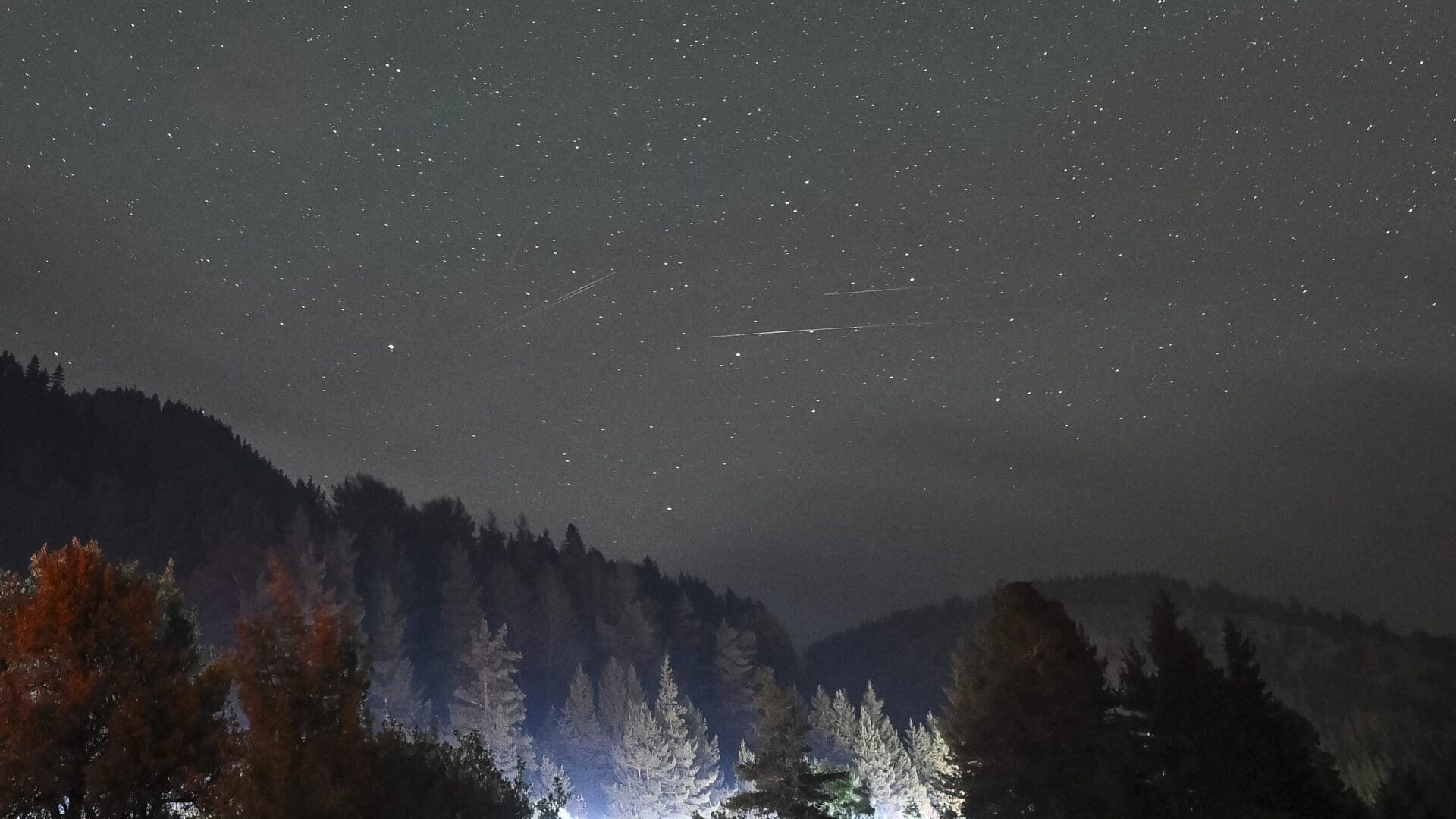The Eta Aquariids meteor shower, one of the most beautiful meteor showers of the year, will be visible early Sunday morning on 5 May. This year, a minor outburst of the shower is predicted, which is unlikely to recur until 2046, the Svábhegy Observatory said on Thursday.
Although Star Wars Day in fact falls on 4 May every year, (a play on the quote ‘May the force/fourth be with you.), the meteor shower happens early Sunday, which means that, depending on the time zones, it can occur in many countries on 4 May and thus coincide with Star Wars Day.
During the Eta Aquariids meteor shower the observed meteors are of outstanding velocity, as they arrive at an extremely high speed of approximately 66 km/s and abruptly decelerate upon entering the Earth’s atmosphere. This year, the shower will reach its peak early Sunday morning (GMT+2). Instead of the average 25 meteors per hour, we might witness up to 60 shooting stars per hour, the statement of the observatory informed.
Observation will be facilitated by the fact that the Moon will be in a near-new moon phase, with the percentage of the Moon illuminated reaching less than 6 per cent. Thus, the richest display of meteors is expected around half past three in the morning, when the radiant point will already be above the horizon.
It will be worth looking at the sky towards the east, from a dark, rural observation point. If the sky is not clear early Sunday morning, there’s no need to despair, as the peak of the Eta Aquariids is extended, allowing for a dense meteor shower to be observed for a day or two before and after dawn.
The statement of the observatory reminds that the Eta Aquariids is the fourth most intense meteor shower of the year, reaching its peak every early May. The meteor shower’s parent body is Halley’s Comet.
Halley’s Comet orbits the Sun approximately every 76 years. The earliest historical record of the phenomenon presumably dates back to 467 BC. It last approached close to Earth in 1986, and it will return closest in 2061.
Earth’s orbit intersects the comet’s orbit twice a year, creating two meteor showers. The more intense shower is the May Eta Aquariids, formed along the descending node, while the other, with only a third of the activity, is the October Orionids, formed along the ascending node.
Related articles:








